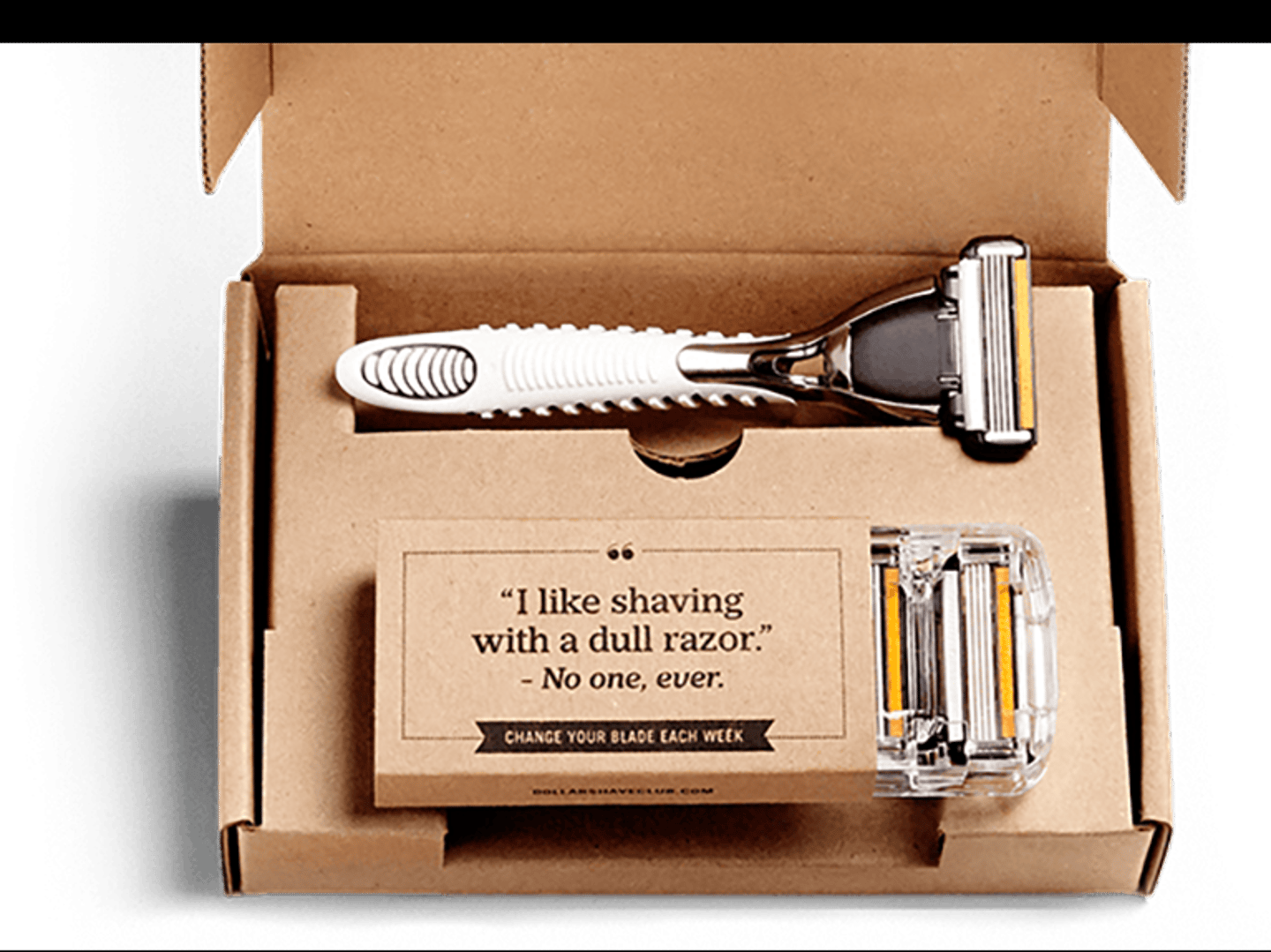Rise of the ‘Craft’ Brand
The age of the Goliath brand is over. Now, the Davids are running the show.
The commerce landscape has consistently been dominated by giant corporations, whose brands became extremely broad, and in some ways generic. Think about Gillette. What does Gillette mean to you?
Unless you get really excited about the prospect of a 37-blade razor, Gillette as a brand probably doesn’t mean much to you. It’s just the standard razor you buy at the store.
Now think about The Dollar Shave Club.
Think about their hilarious, flippant videos, or the ease and value of their service. They have an attitude, a story, and even though their focus as a company is much narrower than Gillette’s, they have a much more complete identity.
The Dollar Shave Club is the perfect example of a craft brand. A craft brand is a brand that focuses on providing a specific, deep value to customers, leveraging new distribution models to create a direct relationship with their customer.
Big corporations mistook omnipresence for powerful branding. Craft brands realized that they didn’t have to be everywhere, they just had to be where their customers’ needed them.
How Craft Brands Flipped the Script on Retail
Historically, retailers have owned the customer relationship. Retailers were the only real outlet that could get your product into the hands of consumers at scale. They effectively chose which brands would succeed. But that time is coming to an end, and there are two main reasons why:
1. Craft brands don’t need retailers to sell products.
Retailers held the power for decades, but structural changes to the ways consumers buy and sell are bringing more craft brands to prominence.
E-commerce means brands can connect directly to their customers and complete the sale, no middle-man required.
For brands, this is the beginning of a golden age. When brands reach consumers directly, the retailer is removed completely from the conversation, decentralizing the commerce landscape.
With the rise of decentralization, brands and retailers are now in a fight over where consumers end up, because in a connected world, people can wind up anywhere.
2. Craft brands aren’t crushed by marketing costs anymore.
The second factor leading to a changing environment is the rise of consumer awareness.
Previously, products were discovered through advertisements in print media, television, or on the radio, plus a small fraction of word-of-mouth recommendations. The discovery of products was narrowed to brands whose marketing budgets were large enough to cover the most airtime. But with the rise of technology, all of that has changed.
Before, the customer journey from seeing an advertisement to buying a product was long. You saw an ad on TV at night, and weeks later when browsing the store thought, “Oh, I’ve heard of this.”
Now it’s instant; someone can tell you about a product over coffee, you can look it up on your phone right then and there, and purchase it with a single click.
The New Generation Loves Craft Brands
Alongside the rise of customer awareness, we have seen a massive shift in the notion of value. People today are more conscious about what they’re buying — and not just from a price perspective.
Directly related to the severity of the 2008 recession, people became more aware of where their hard-earned dollars went.
A new generation of consumers came of age at that time, innately curious about what’s in a product, what makes it worthwhile, and what makes that vendor special.
Before, there was a race to the bottom, with consumers shopping various channels in order to find the cheapest price.
Now there’s a larger focus on the concept of value. People want to buy fewer, often more expensive products if it means they have a higher quality, as opposed to needing to repurchase cheaper products of a lower quality.
The leading brands of tomorrow will not only provide unique products of quality, but they will couple them with narratives, whether it’s a commitment to the environment, community, or human rights.
This is no longer a fringe movement of environmentalists or hipsters, but something we’re seeing as a consequence of a cautious economic time.
Great Craft Brands Have a Story
It’s different for everyone, but there is one commonality: each product, each brand is accompanied by a story that makes it unique. Brands want the consumer to say, “This is why I bought this.”
Whether it’s the cost or the details, there is an emotional attachment. Brands cannot fully predict resonance, nor can they possibly resonate with every single consumer.
Ultimately, to be successful, a craft brand needs to figure out how it defines quality and value, which in turn needs to translate into a story for the consumer.

